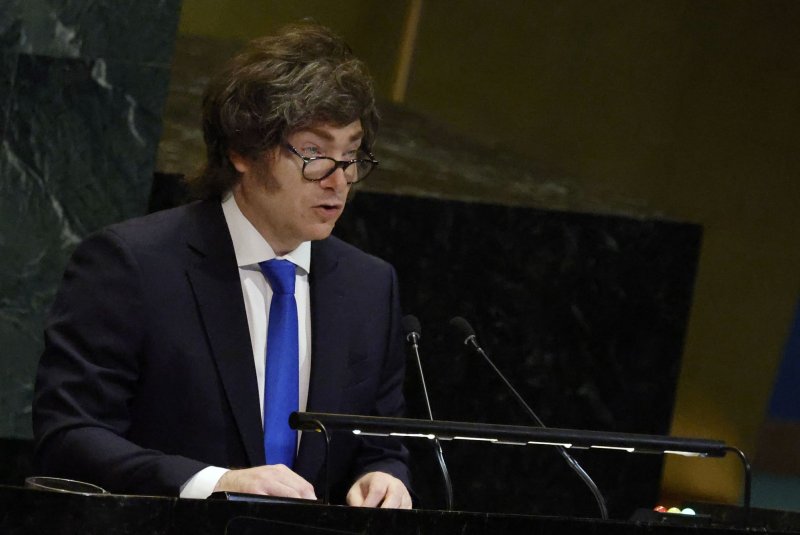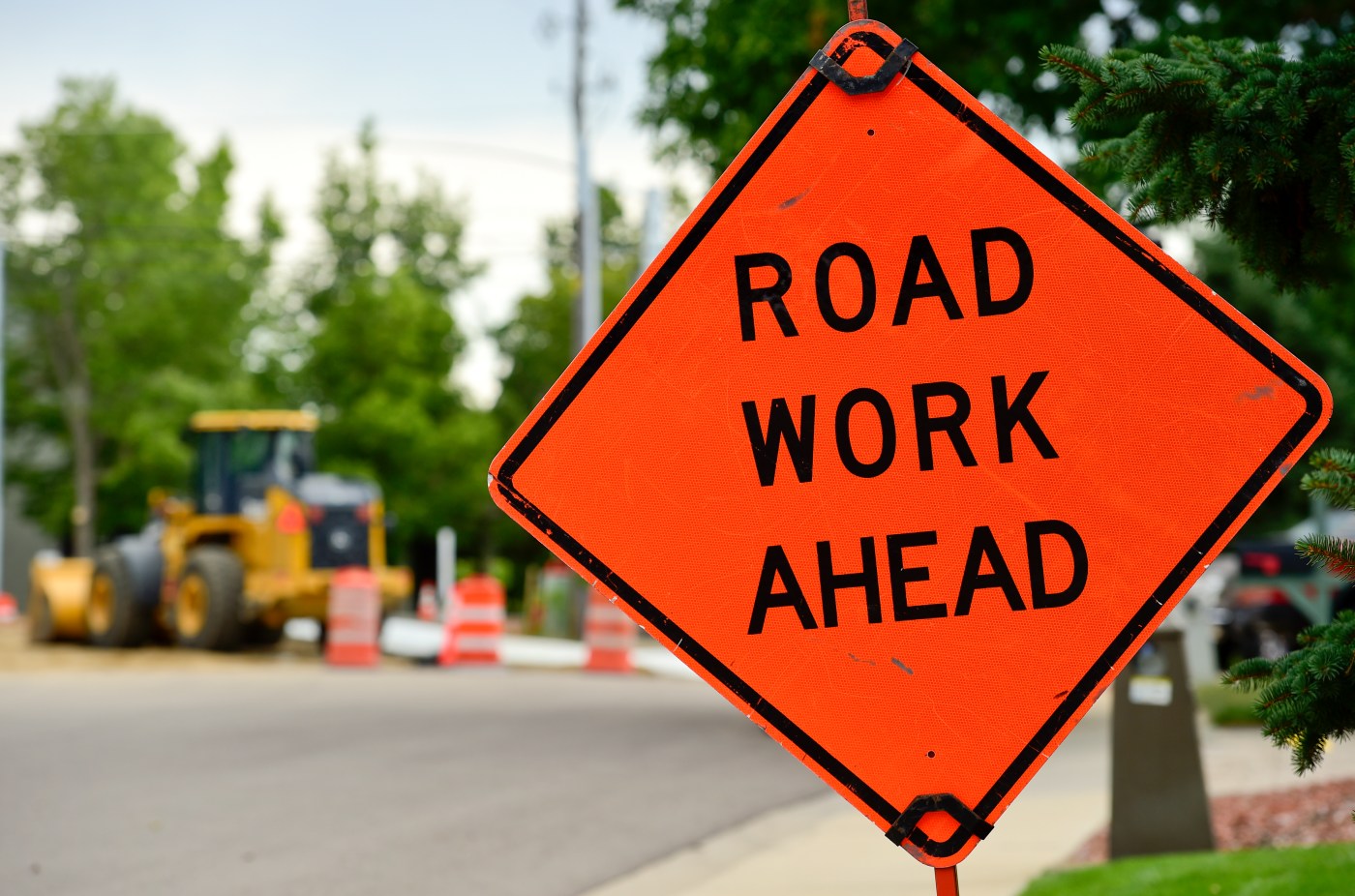URGENT UPDATE: President Donald Trump has reaffirmed his commitment to send Americans payments of $2,000, despite pushback from his own administration. Just yesterday, Treasury Secretary Scott Bessent contradicted Trump’s proposal, stirring controversy and debate.
In a post shared on his social media platform Truth Social on Monday, Trump stated, “All money left over from the $2,000 payments made to low and middle-income USA Citizens, from the massive Tariff Income pouring into our Country from foreign countries, which will be substantial, will be used to SUBSTANTIALLY PAY DOWN NATIONAL DEBT.” This declaration fuels ongoing discussions about economic relief amidst the pandemic.
Bessent’s earlier comments have sparked a wave of criticism online, as he suggested that Trump might have been referencing broader tax proposals rather than a concrete plan for direct payments. Critics have labeled Bessent’s remarks as “damage control,” amplifying the tension within the Trump administration.
The president’s insistence on the $2,000 checks raises significant questions about fiscal policy and the allocation of national resources. With the U.S. economy still recovering from the impacts of COVID-19, many Americans are looking for immediate financial relief.
As economic uncertainty looms, Trump’s pledge could have a profound impact on millions of households who are struggling to make ends meet. The debate over the feasibility of such payments will likely continue, as the administration navigates the complexities of funding and public support.
What happens next? Observers will be watching closely for any official statements from the Treasury Department regarding the viability of Trump’s $2,000 payment plan. With public sentiment shifting and economic pressures mounting, the administration’s next steps could be crucial in shaping the future of financial relief efforts.
Stay tuned for more updates on this developing story.







